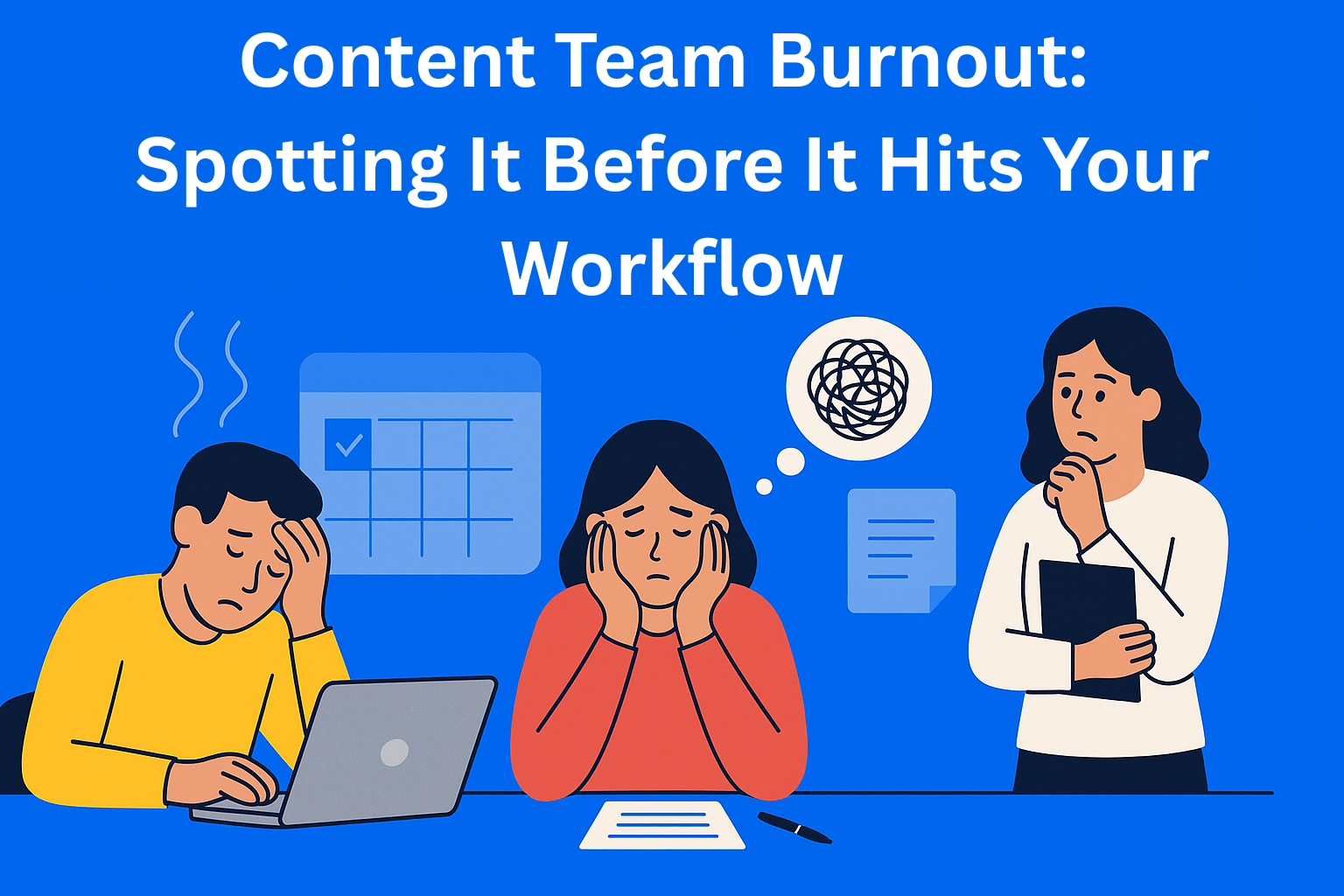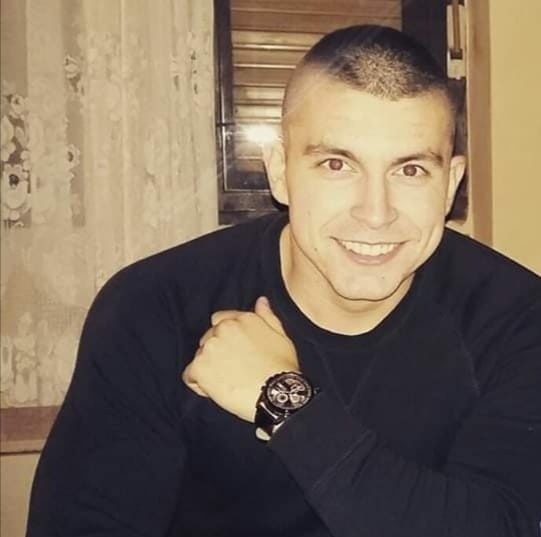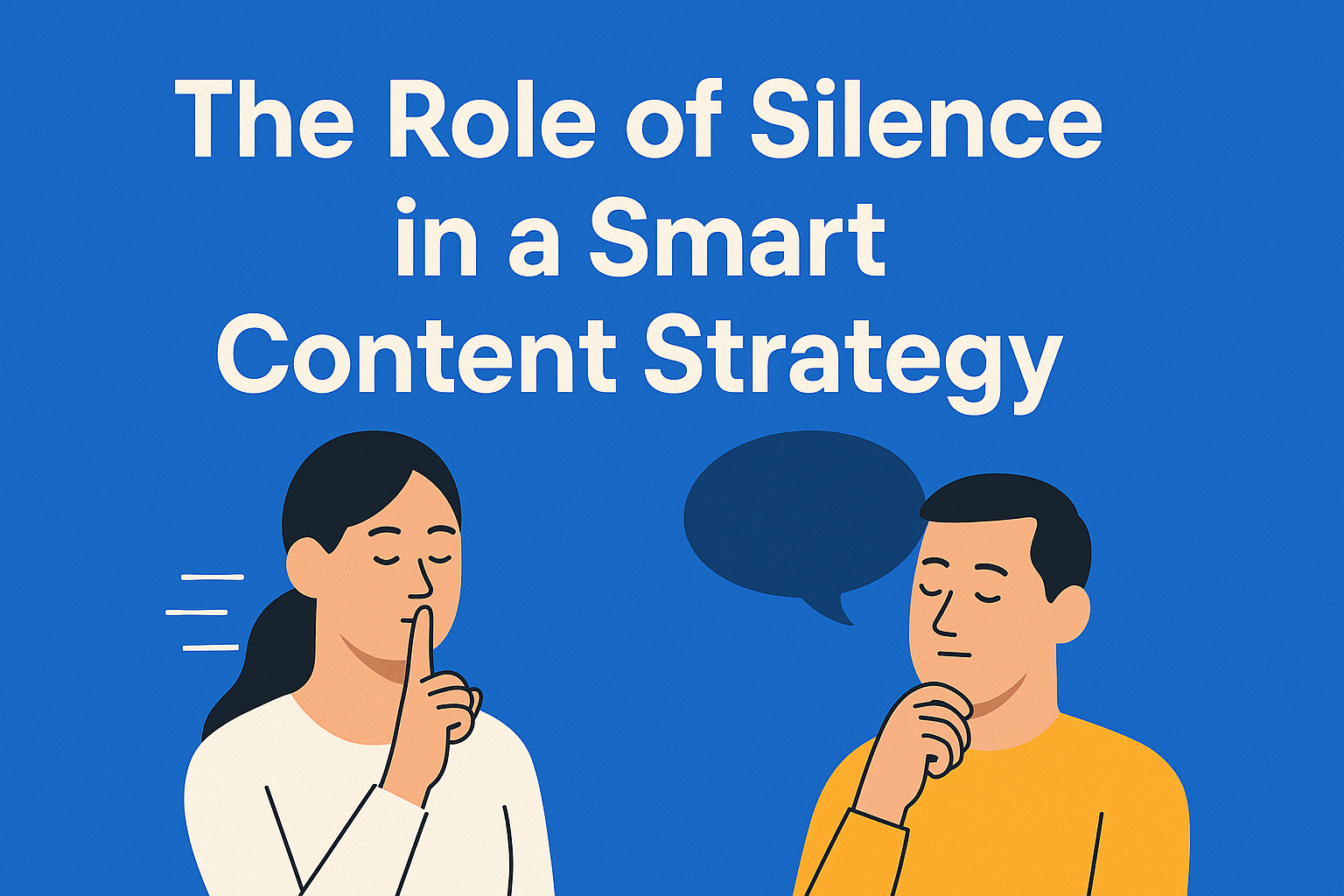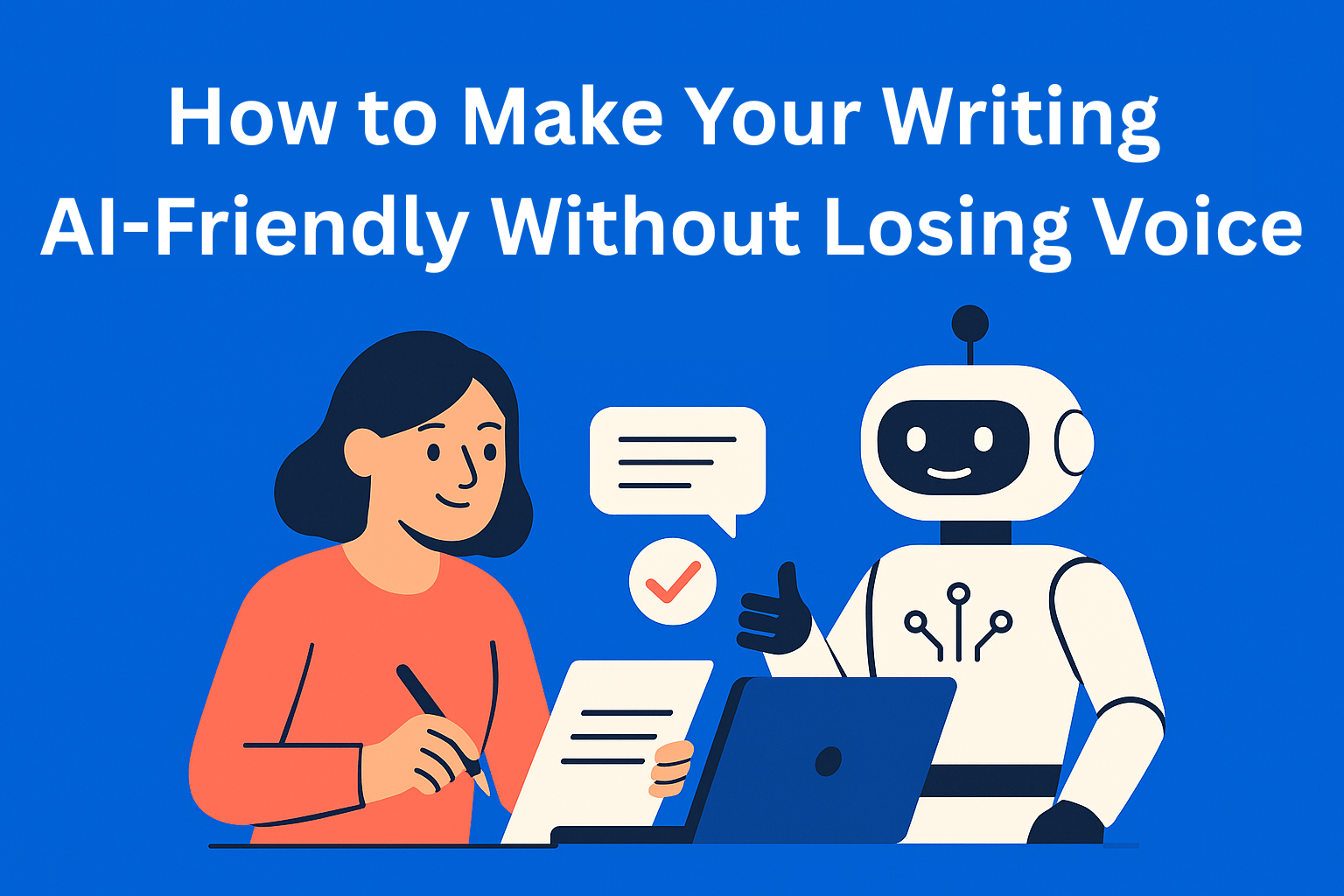Content Team Burnout: Spotting It Before It Hits Your Workflow
Burnout rarely hits content teams overnight - it builds quietly through unclear expectations, shifting priorities, and creative fatigue. This blog breaks down the subtle early warning signs and how to prevent burnout before it disrupts output and morale.

Burnout almost never announces itself with a dramatic entrance.
It starts quietly - a slower response time here, a missed detail there, drafts that feel “fine” instead of sharp. By the time it becomes visible, it’s already baked into your workflow.
And in content teams, burnout is especially dangerous because the work depends on creativity, consistency, and momentum - all of which are the first things to disappear when people are mentally overloaded.
This isn’t just a people problem. It’s a process problem.
Let’s break down the early warning signs, why they show up, and what you can do to stop burnout before it turns into a full operational slowdown.
Key Takeaways
- Burnout shows up early and quietly - it begins as creative narrowing, slower momentum, and endless revision loops long before deadlines actually slip.
- Content teams burn out differently - the work is cognitively demanding, so unclear processes drain more energy than the number of tasks themselves.
- Lack of clarity is the biggest trigger - vague briefs, shifting priorities, and approval bottlenecks cause constant mental fatigue and frustration.
- Process structure is the antidote - when expectations are baked into the workflow (not buried in comments or chats), teams keep their focus and energy.
- Clarity protects creativity - the clearer a team’s definition of “good” upfront, the less friction, fatigue, and burnout they face later.
The Subtle Signs Most Teams Miss
Most managers look for outcomes - declining performance, disengagement, or missed deadlines.
But burnout starts long before that:
- Creative “narrowing” - writers stop exploring angles and default to safe, predictable ideas.
- Higher revision loops - drafts come back needing more clarification, direction, or rework than usual.
- Loss of momentum - deliverables still get done, but there’s visible friction behind the scenes.
- Avoidance behavior - hesitating to pick up new assignments or delaying kickoff conversations.
- Micromanagement creeping in - managers spending more time “fixing” than enabling.
By the time someone says “I’m overwhelmed,” they’ve been overwhelmed for weeks.
Why Burnout Hits Content Teams Differently
Unlike other functions, content work is thinking work.
It’s not just time-consuming - it’s cognitively expensive.
Your team isn’t just assembling words. They’re:
- Understanding the audience
- Translating strategy into narrative
- Balancing creativity with brand direction
- Producing consistently, often under deadlines
If the process is fuzzy or requirements keep shifting, their brain is burning energy just trying to understand what “done” looks like.
That’s the fastest path to creative exhaustion.
Where Burnout Usually Comes From (It’s Not Just Workload)
Burnout in content teams is almost never just “too many tasks.”
It’s the mental drag that comes from unclear expectations.
It often shows up in four ways:
1. Vague briefs
Writers don’t know what “good” looks like, so they spend half their energy trying to guess the expectation before they even start.
2. Last-minute changes
When direction keeps shifting, people stop investing creatively because they expect it to be rewritten anyway.
3. Style guessing
If the brand voice isn’t clearly defined inside the workflow, every draft feels like a gamble.
4. Approval bottlenecks
Even great work loses momentum when it just… sits. Delays quickly turn into disengagement.
Preventing Burnout Starts With Process Clarity
The best way to lower cognitive load is to remove uncertainty.
That means moving guidance out of Slack messages, doc comments, and “quick clarifications” - and into the actual workflow.
This is where structured tools matter.
With EasyContent, teams can create customizable templates that bake structure and guidance directly into the editor. Instead of staring at a blank page or trying to guess what the draft should include, writers see the requirements, tone notes, formatting suggestions, and brand rules right inside the document they’re writing in.
No energy wasted decoding expectations = more energy for creativity.
Practical Ways to Protect Your Team
Here are a few low-friction adjustments that go a long way:
1. Create clarity before kickoff
A detailed brief saves more hours than any revision round ever will.
2. Put guidelines where the work happens
Not in a folder nobody opens - inside the editor or template itself.
3. Automate checkpoints
Not to “police” the team, but to keep drafts from drifting into surprise rewrites.
4. Pace with intention
Urgency should be a temporary mode, not a permanent habit.
5. Protect cognitive freshness
Rotating tasks (e.g., research, outlining, drafting) prevents monotony fatigue.
Conclusion
When a creative team burns out, it’s rarely because the team can’t handle the workload.
It’s because the workflow makes the work harder than it needs to be.
Structure doesn’t suppress creativity - it frees it.
The more your team understands what “good” looks like before they start, the less friction they hit later.
Spot the early signs, design around them, and your team will not only avoid burnout - they’ll stay energized, focused, and consistently high performing.






